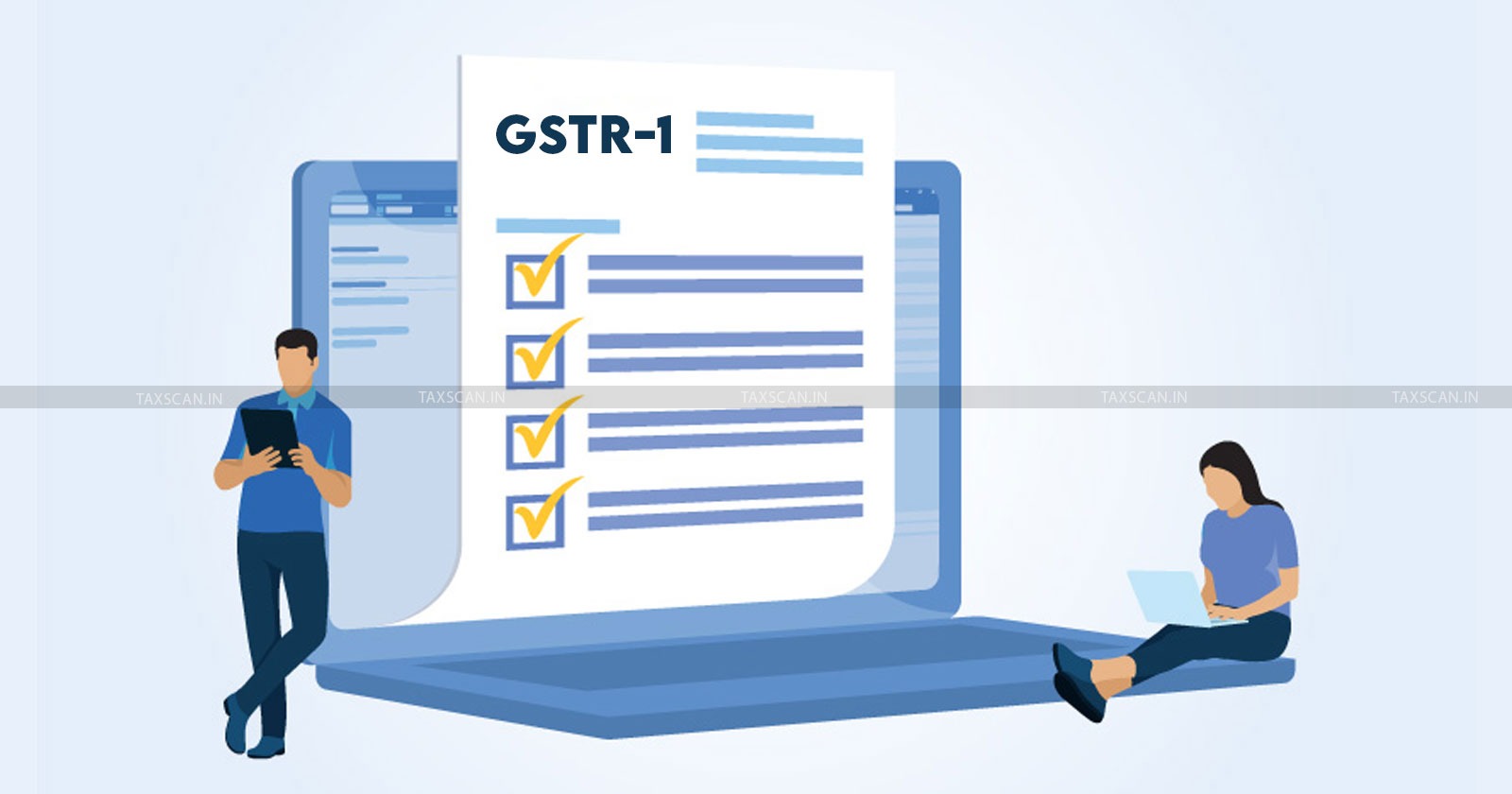GSTN Advisory: E-Invoices Dated 04.01.2025 and 16.01.2025 not Auto-Populating in GSTR-1, Taxpayers to Manually Verify Data
Any issues with the auto-population of GSTR-1 could disrupt businesses’ ability to claim ITC

The Goods and Service Tax Network (GSTN) has recently advised businesses that filed their GSTR-1 sales return e-invoices on the 4th and 16th of January, 2025 to manually verify whether the information has been rightly reflected on the GST Portal owing to a technical error preventing auto-population of the return.
The GSTR-1 is a monthly sales return that is required to be filed by registered businesses to report their outward supplies and sales of the goods and services provided by them. The GSTR-1 shall reflect details of invoices issued, exports and debit or credit notes, if issued and even advances received or adjusted against prior purchases.
Read More: Post-Inspection GST Registration and Payment of Tax not “Voluntary”: Madras HC
The Law of Goods and Services Tax : A Comprehensive Commentary, Click Here
Sellers who duly file the GSTR-1 return enables buyers to claim Input Tax Credit (ITC) after due reconciliation. The GSTR-1 is filed on a monthly or quarterly basis with the data being auto-populated in the recipient’s GSTR-2A and GSTR-2B. Errors in GSTR-1 can lead to mismatches, affecting ITC claims and compliance.
Under regular circumstances, once the GSTR-1 is filed, it may display any of the following messages: Auto-populated/ Deleted/ Auto-population failed or Deletion failed. The latest advisory issues a note of caution to businesses filing GSTR-1 to manually verify whether the e-invoices from the 4th and 16th of January are accurately reflected in the GSTR-1 return.
Read More: Kerala SGST Dept Notifies: E-Way Bill Mandatory for Intra State Movement of Gold and Precious Stones
Taxpayers are advised to cross-check their e-invoice data using the following steps:
Businesses can download the excel file to verify whether e-invoice details from the GST portal to ensure all invoices are correctly reported.
The Law of Goods and Services Tax : A Comprehensive Commentary, Click Here
Check the auto-populated data and verify if any invoices are missing from GSTR-1 before filing.
If invoices for January 4 or January 16 are not visible, taxpayers are advised to manually enter the requisite details.
Before submitting,ensure all details are accurate, as errors could lead to reconciliation issues.
At the moment, GSTN has not indicated the levy of any penalties for missing the auto-populated data but taxpayers are advised to check the Portal to rule out any discrepancies.
With the GSTR-1 filing deadline for January 2025 approaching on February 11, taxpayers should take proactive steps to verify their data to avoid discrepancies in ITC claims and compliance risks.
Support our journalism by subscribing to Taxscan premium. Follow us on Telegram for quick updates


